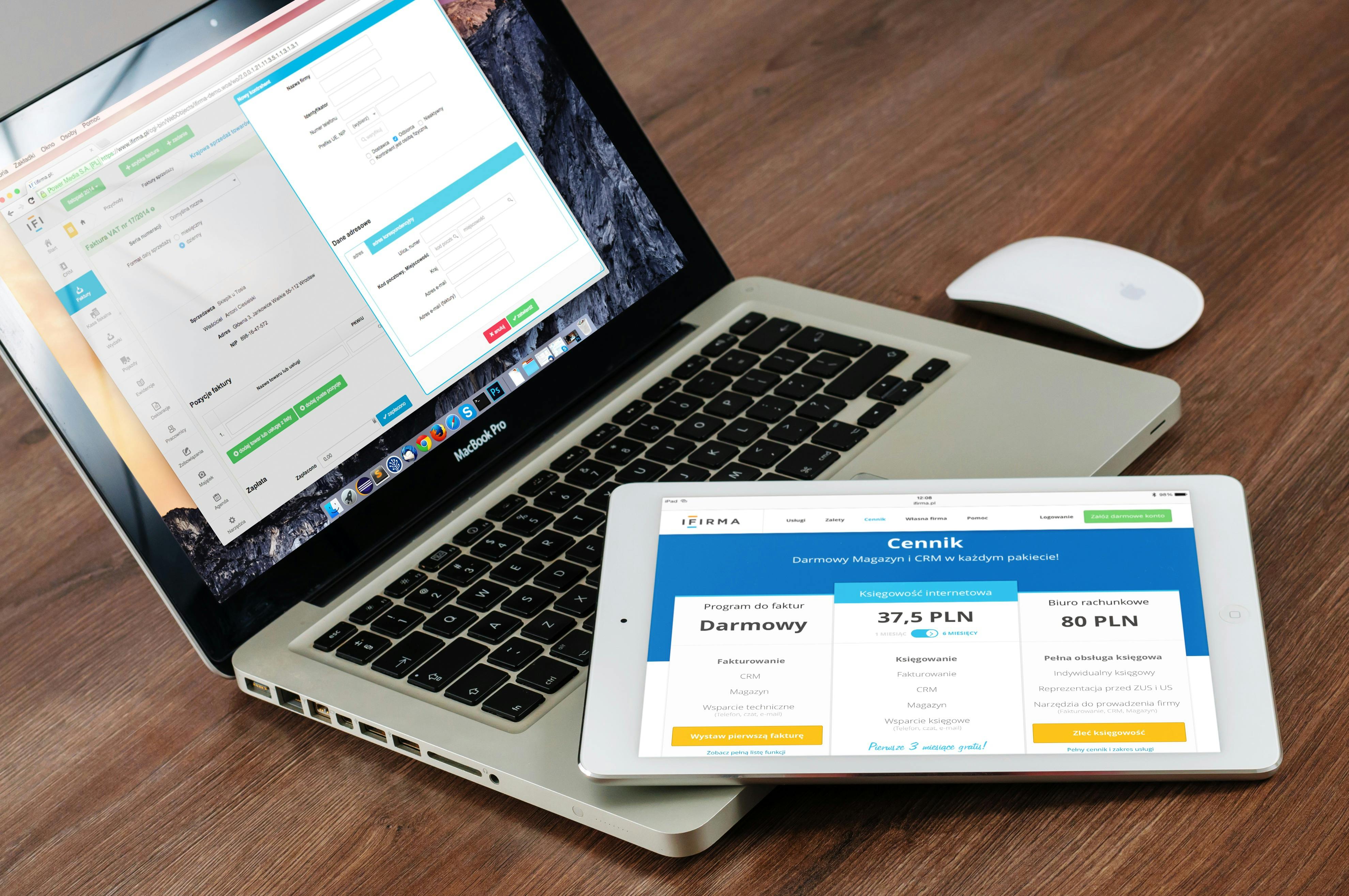Ultimate Shopify Store Optimization Guide (2025)

Why Shopify Optimization Matters in 2025
In today's competitive e-commerce landscape, having a Shopify store isn't enough. With over 4.4 million active Shopify stores, optimization is the key differentiator between thriving businesses and those that struggle to make sales.
Optimized Shopify stores convert 35-45% better than non-optimized stores according to recent data from Shopify Plus merchants.
This comprehensive guide will walk you through the most effective Shopify optimization strategies that will:
- Improve your store's loading speed by 50-70%
- Boost organic traffic through smart SEO techniques
- Increase conversion rates with proven UX principles
- Enhance mobile shopping experience
- Implement must-have apps that automate optimization
🚀 Speed Optimization: The Silent Sales Killer
Shopify store speed directly impacts your conversion rates. Research shows that:
- 53% of mobile users abandon sites that take longer than 3 seconds to load
- A 1-second delay can result in 7% reduction in conversions
- Google now considers page speed as a ranking factor
Image Optimization Techniques
Images account for 50-60% of a typical Shopify store's page weight. Follow these best practices:
Use the free Shopify app "Crush.pics" to automatically optimize all your product images without quality loss.
🔍 SEO Strategies That Actually Work
Shopify has unique SEO challenges but also great opportunities. Here's how to rank higher:
Product Page SEO
Your product pages are your money makers. Optimize them with:
- Keyword-rich titles (include your main keyword naturally)
- Detailed product descriptions (300+ words)
- Unique image alt text for every product image
- Structured data markup (use Shopify's built-in schema)
💰 Conversion Tactics for Higher Sales
Turning visitors into customers is the ultimate goal. Implement these conversion-boosting tactics:
Streamlined Checkout Process
- Offer multiple payment options.
- Minimize steps in the checkout flow.
- Enable guest checkout to reduce friction.
- Ensure clear shipping costs and delivery times upfront.
Trust Signals & Social Proof
- Display customer reviews prominently.
- Show security badges (SSL, payment gateways).
- Feature testimonials and case studies.
- Highlight awards or media mentions.
Compelling Call-to-Actions (CTAs)
Make your CTAs clear, action-oriented, and visually distinct.
- "Add to Cart" should be obvious.
- Use contrasting colors for buttons.
- Experiment with different button texts.
🛠️ Must-Have Shopify Apps for Growth
Leverage the power of the Shopify App Store to automate tasks, improve marketing, and enhance customer experience. Here are a few categories and examples:
Email Marketing & Automation
Apps like Klaviyo or Omnisend help you build email lists, send automated flows (abandoned cart, welcome series), and segment customers.
Review Apps
Tools like Loox or Yotpo collect and display stunning product reviews, building trust and social proof.
Upsell & Cross-sell Apps
Boost your average order value (AOV) with apps like OneClickUpsell or ReConvert by offering relevant products at checkout.
Customer Service & Chat
Integrate live chat (e.g., Gorgias, Tidio) to offer immediate support and answer customer queries, reducing bounce rates.
📱 Mobile Optimization: The Future of E-commerce
With mobile traffic dominating online shopping, a seamless mobile experience is non-negotiable. Shopify themes are generally responsive, but fine-tuning is essential:
Responsive Design Principles
- Test your store regularly on various devices.
- Ensure all elements scale correctly.
- Prioritize tap targets for easy navigation.
Faster Mobile Loading
- Optimize images specifically for mobile.
- Minimize custom code and apps that slow down mobile.
- Leverage browser caching.
Simplified Navigation
- Use clear, concise menus (hamburger menus are standard).
- Reduce clutter on product pages.
- Make search easily accessible.
📊 Analytics & Tracking: Know Your Numbers
You can't optimize what you don't measure. Setting up robust analytics is critical for understanding customer behavior and identifying areas for improvement.
Google Analytics 4 (GA4) Integration
- Connect your Shopify store to GA4 for comprehensive data.
- Track key events: product views, add-to-carts, checkouts, purchases.
- Understand customer journeys across devices.
Shopify Analytics Dashboard
- Utilize Shopify's built-in reports for quick insights into sales, traffic, and customer behavior.
- Monitor conversion funnels to pinpoint drop-off points.
Heatmaps & Session Recordings
Tools like Hotjar or Microsoft Clarity allow you to see exactly how users interact with your store. Identify common scrolling patterns, click behavior, and areas of frustration.
Final Thoughts
Shopify optimization is an ongoing process, not a one-time task. By implementing these strategies, you'll create a faster, more visible, and higher-converting store that stands out in 2025's competitive e-commerce landscape.